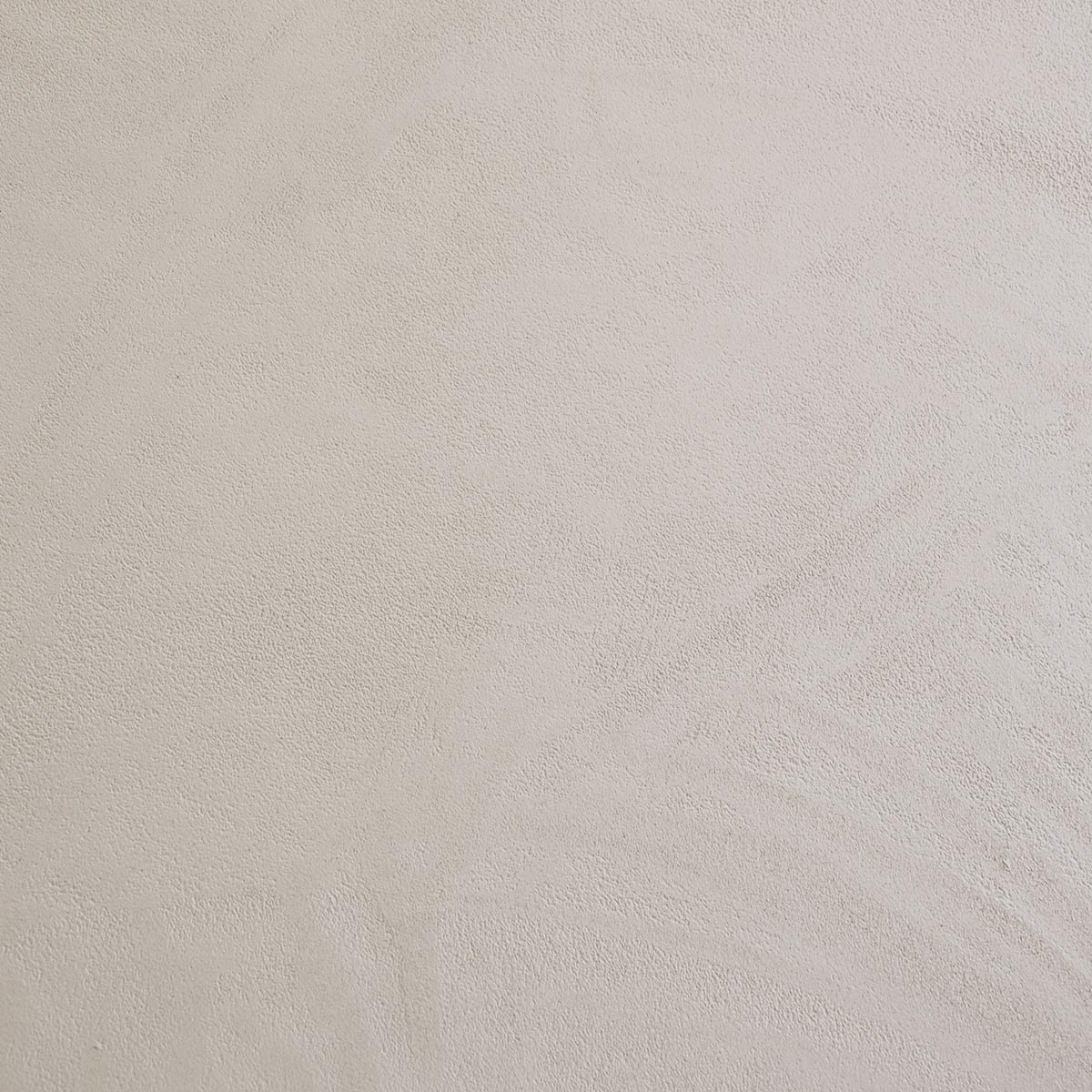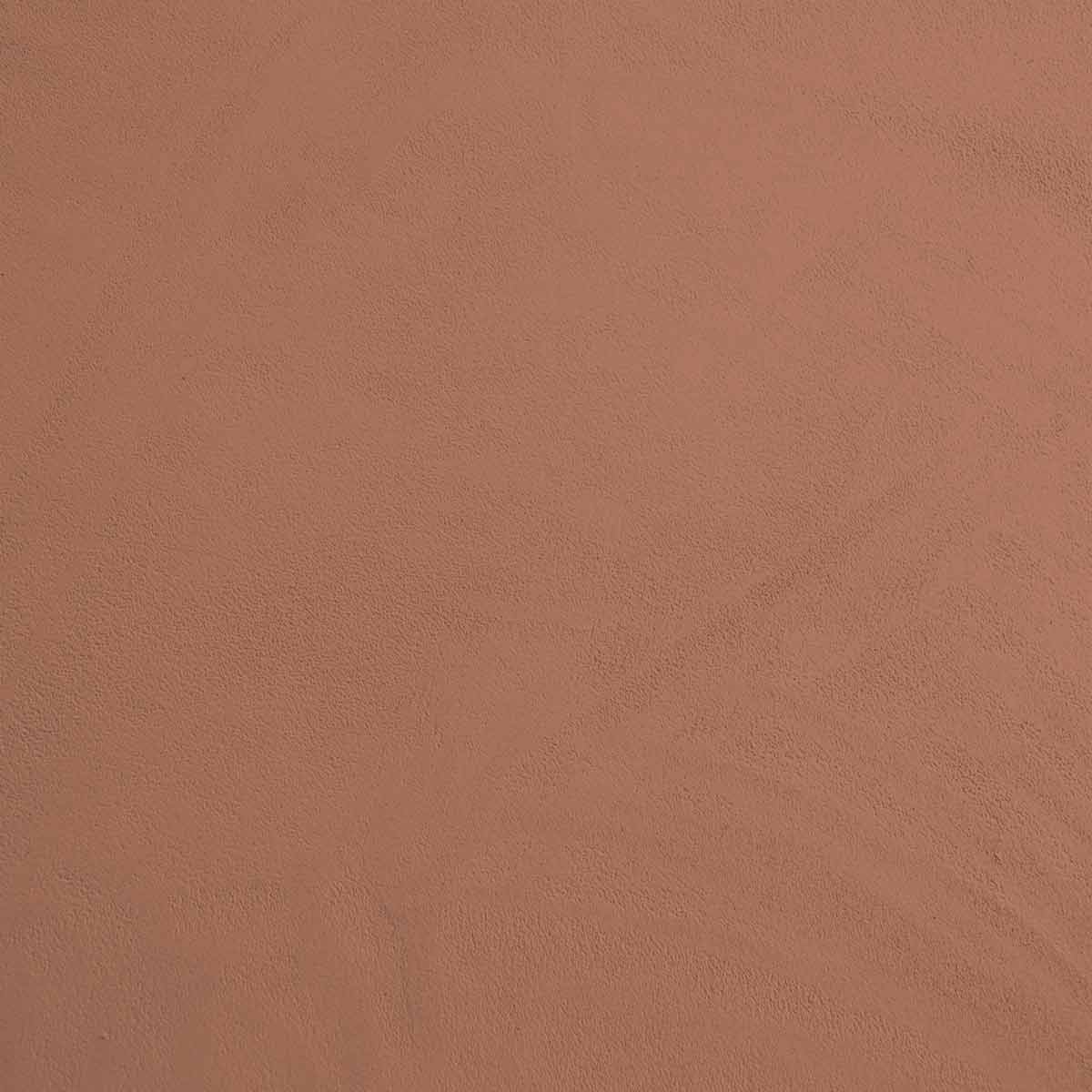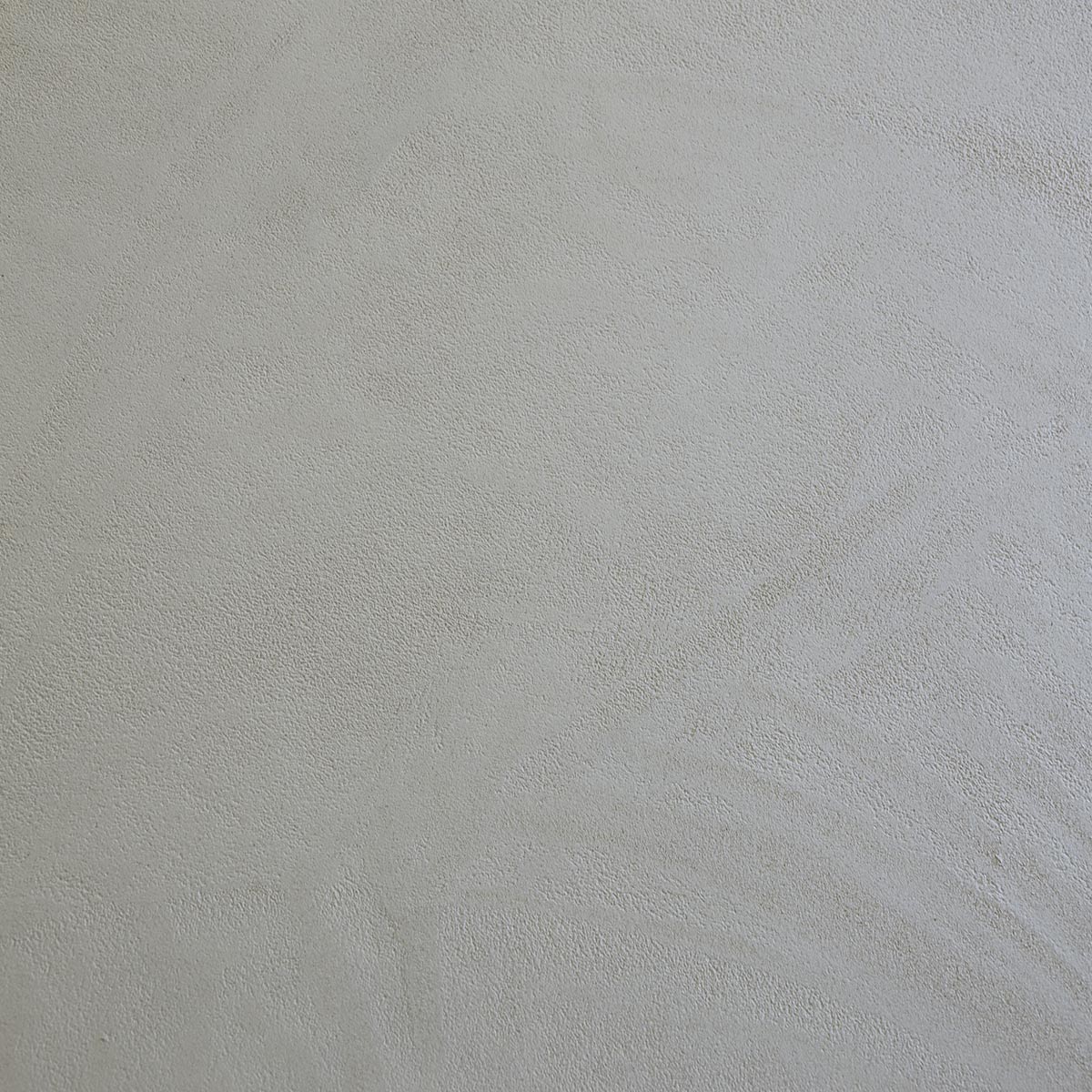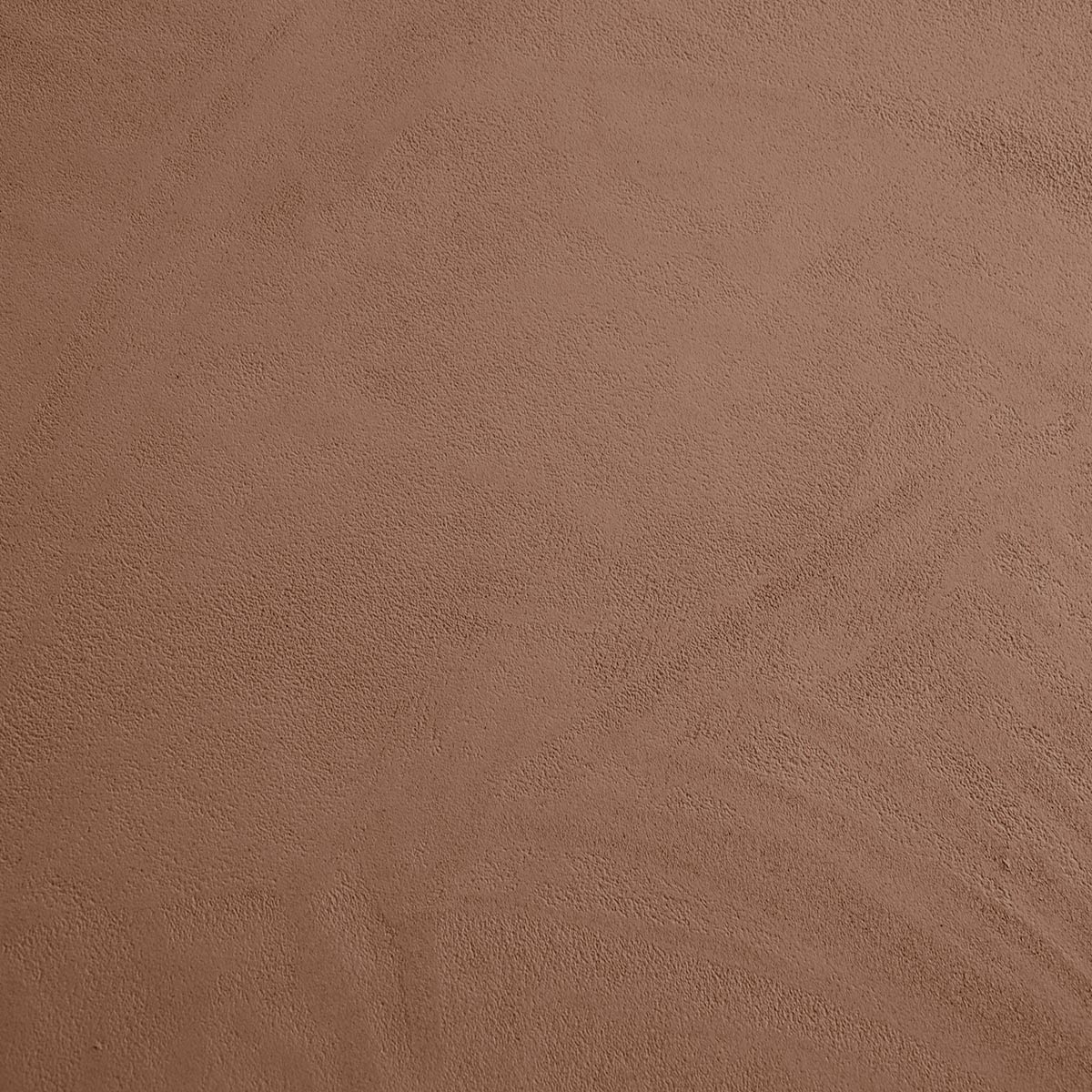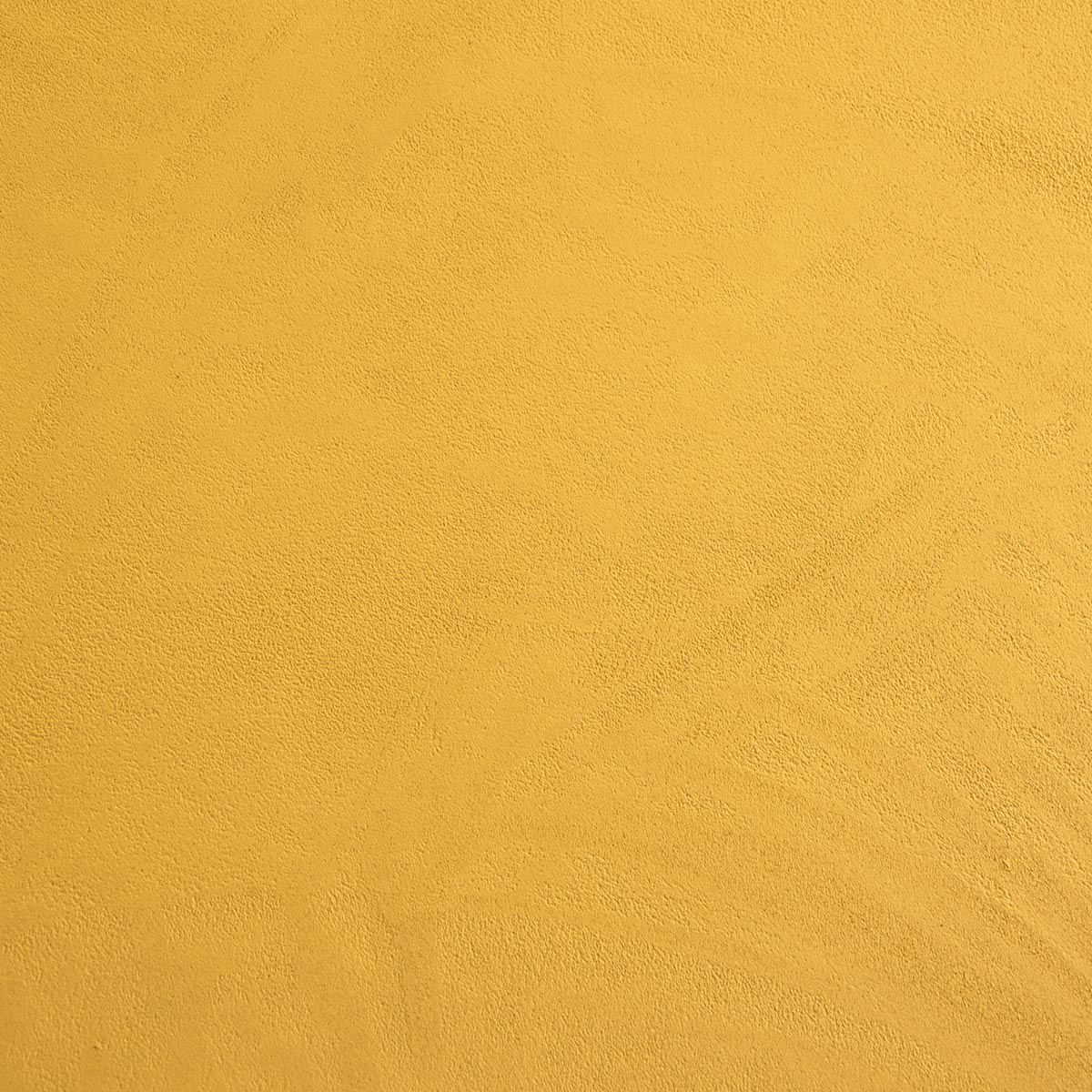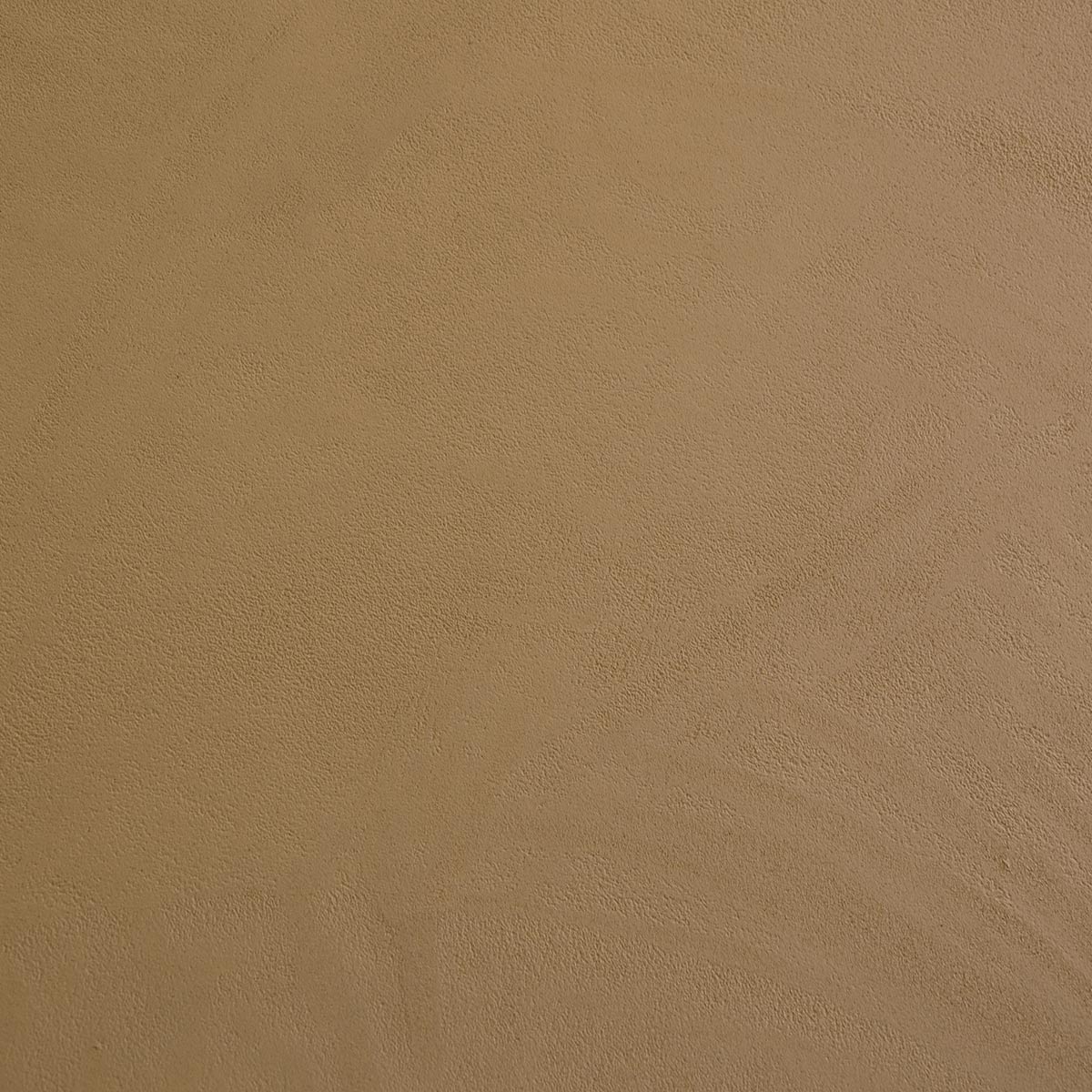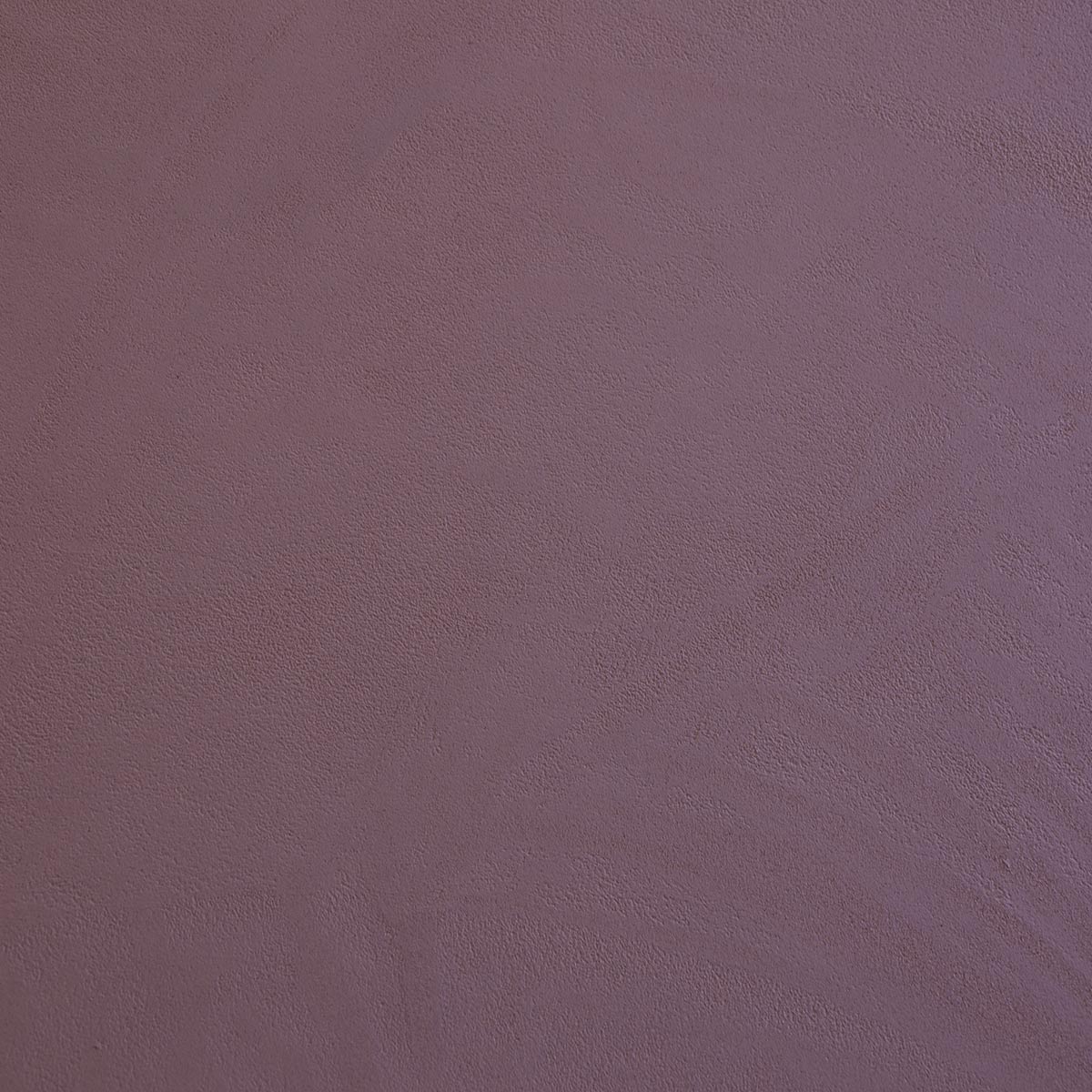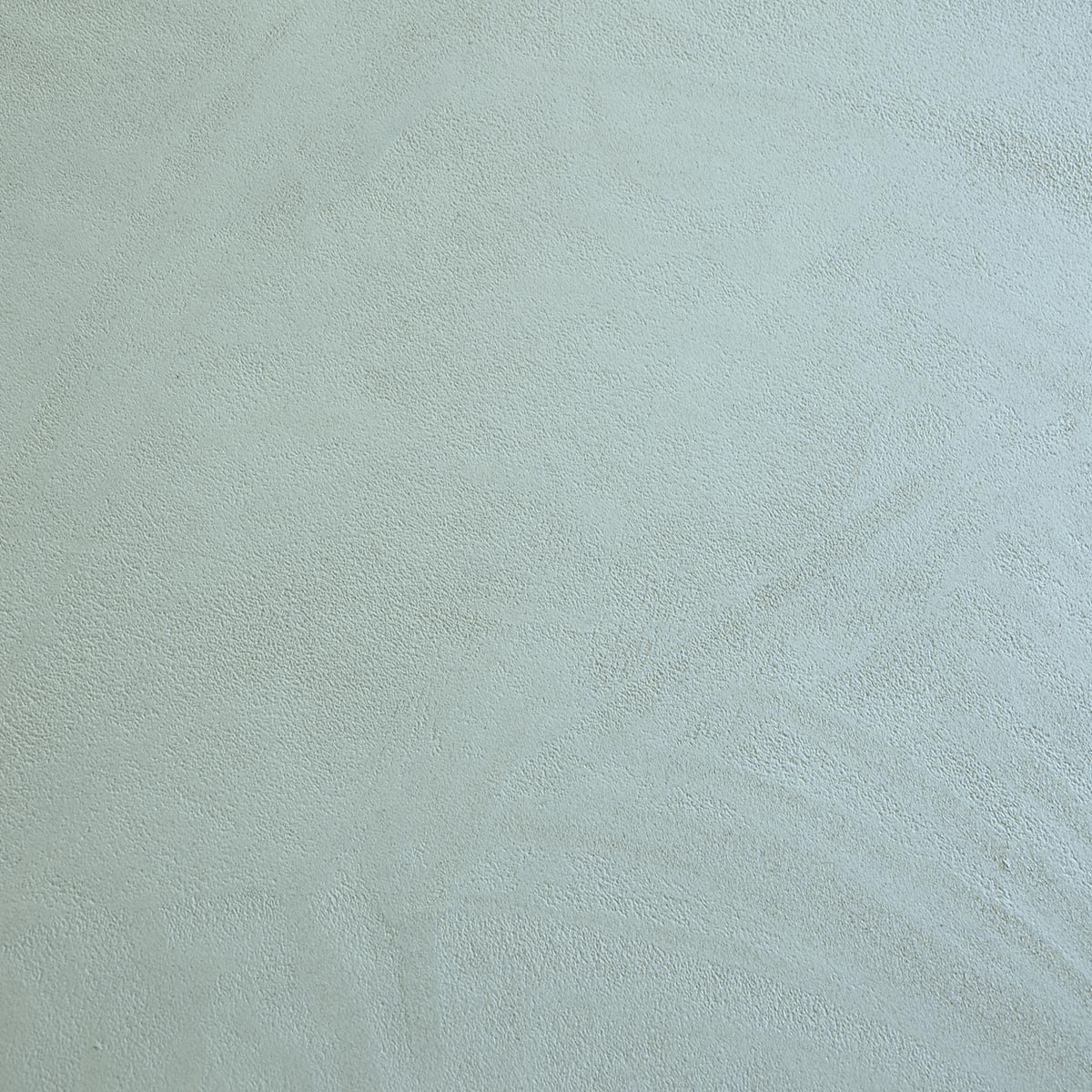Microcement - 5 Things You Need to Know
The marketplace is changing. The term ‘microcement’ is becoming more mainstream. Images of seamless bathrooms are popping up all over social media. But not all microcements are created equal. At Mineral Fox, we’re increasingly aware of people having negative experiences with different brands of ‘microcement’ as more products of varying quality come onto the market. I started Mineral Fox after experiencing failed bathroom renovations as a client and set out to offer premium products that stand the test of time and share my knowledge and experience with others to help them avoid negative outcomes in their own projects. With that in mind, I’m sharing the Top 5 Things you need to know when considering using microcement in your project.

1. KNOW WHAT YOU’RE GETTING
Just because someone (an applicator or builder) says they offer microcement, doesn’t mean that all microcements are the same. They can vary wildly – including ingredients, application systems, quality and price. The term microcement means a thin (micro) application of a cement-based material. But some microcements don’t even have cement in them, or very little. A lot of microcements are made primarily with lime – a mineral that is not as strong as cement but the lime makes it easier to apply and more cost-efficient. As with many things in life, microcements can also vary greatly in quality and price. I like to liken it to cakes – you can buy anything from a packet-mix in a supermarket up to a gourmet gateaux in a boutique bakery. They’re all labelled as cakes, but the difference between the options can be significant. Do your research and know what product you want and be sure to know what product you’re getting. Check the packaging. Know the price of the product and how it relates to the overall sqm rate you’ve been quoted (for example, how much of the quoted price is product cost). Ask your builder or applicator why they offer the product they do (is it just because the applicator has been trained in that particular brand)?
This is also true when selecting a tradesperson to apply your chosen microcement. It’s important that they have experience using the product you choose and that they have the backing of the supplier. This is important when it comes to warranties. Ask the applicator or builder about their experience with the product you would like to use. If they haven’t had experience, get in touch with the supplier about possible training courses.
2. SEEK PROOF
Look for a brand that is proven with proven products in the market for as long as possible. You want to know that your bathroom is still going to be in tact in 10 + years. This is a new market in Australia. Do your research and understand more about the brand itself and it’s history in other markets. Ask for references. This is also true locally. Ask your applicator/builder/supplier for reference clients you can call to ensure they’e happy with the product. A good tip is to find customers that have been tagged in projects on Instagram and ask them if they’d mind sharing their feedback.
3. KNOW WHAT IT LOOKS LIKE
Different microcements have different aesthetics. Some, look more natural and some look artificial. Some look flat and some have more movement. Some can be finished to achieve different looks. Be sure to look at samples, and ideally real life projects. Feel the material. Ask your applicator to produce a large format sample for your approval and to be left on site. Understand what colour options are available (less expensive products usually have a limited colour selection).
4. UNDERSTAND THE IMPORTANCE OF STRENGTH
When you’re planning to apply a microcement to high impact areas like floors, it’s important to understand how strong the material is. Strength/resistance is measured in MPA. It’s a good idea to research different products to understand their strength – no one wants a chipped or dented microcement finish.
5. LOOK FOR COMPREHENSIVE SEALERS
Sealers play a significant part of a microcement system. Both from a waterproofing aspect and a maintenance and longevity perspective. Try to avoid one-size-fits-all sealers and look for more sophisticated systems that are proven in the market. Companies that have been around a long time have had the opportunity to develop the best sealers for each application. We recommend looking for a sealer system that uses both an impregnating sealer (that soaks into the microcement material and crystalises to prevent water passing through) as well as a topical sealer. Brands that have been around a long time will have different sealers for different areas – everything from water-based to solvent sealers. Different sealers have different aesthetics. So if you’re looking for a matte aesthetic, be sure to check that the recommended sealer meets that requirement.
Now more than ever, it’s important to empower yourself with knowledge and advocate for the product that best suits your needs






